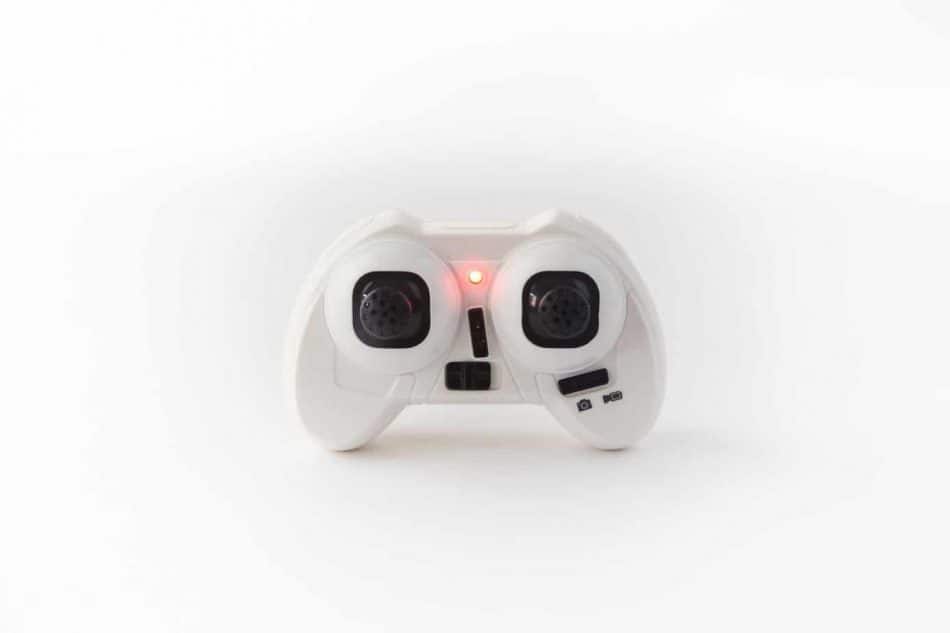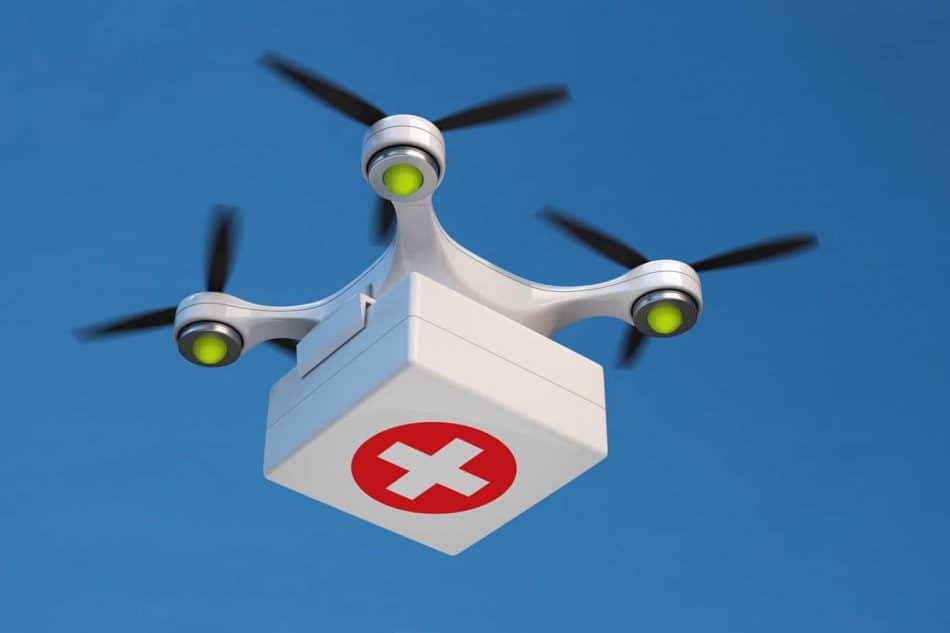
Are Drones Safe For My Kids
With the rise of many YouTubers using drones to create their content, more and more kids are now asking for a drone of their own. This begs the question, how young is too young to fly a drone? Are drones safe for kids? Are they even safe for adults?
Are Recreational Drones Safe for Kids? Drones have the potential to be dangerous to both children and adults. However, this can be avoided through following proper safety procedures and using equipment with built-in safety features.
There is plenty of controversy surrounding public Safety and the use of drones. While full-sized recreational drones may be unsafe for kids, there are certain drones explicitly made for them.
Regardless, some precautions can be taken to lower the risks associated with flying a recreational drone to provide a safe activity for adults and children together.
Are Recreational Drones Safe for Kids and Adults?
According to the FAA and Transport Canada, pilots of drones must be 16 years old or older (13 for recreational pilots). Despite this, there are certain drones labeled “toy drones,” typically geared toward kids 8 years old and above.
These drones are generally quite small and do not always have a built-in camera. They have very few if any sensors and do not need to be registered if under 0.55 pounds.
If you purchase a Drone under 0.55, 250g for Canada you do not need to register it. You must follow basic FAA Transport Canada Rules and use common sense when it comes to Safety. Please review all the details here on the FAS Website. Transport Canada go here
According to Transport Canada, Pilots must be 16yrs of age, register their Drone and pass a basic test. It’s about 35 questions and costs $10. If you use your Drone to earn money, like a monetized YouTube channel, you need an Advanced Pilots Certificate.
If you purchase a Drone under 250g, there is no need to register it. You must follow the basic rules set out by the FAA and Transport Canada.
In most cases, in both countries, getting a Drone for your child is pretty straight forward. You won’t need to do any paperwork, as long as you stay under the weight limit. You can expect to see a lot more underweight Drones hitting the market this year.
Are Kids Drone Safer Than Recreational Drones?
These kid-drones are different from regular recreational drones in the following ways:
- They are usually made of plastic or other lightweight materials
- They are significantly smaller and can generally fit in one hand
- They cost much less, usually $20-30
- Typically weight less than .55 lbs or 250g
While all drones, even “toy” Drones, should be handled responsibly and treated as serious equipment, some of these kid-drones are very lightweight and often equipped with a plastic guard to both protect your child from the propellers and to protect the Drone itself from impact.
This allows the children some additional room to be a little less careful with reduced risk of injury or damage.
Some of these drones are made to be handled indoors, which helps keep children from losing the Drone outside by flying it too far away, in really windy conditions or too high in the air. They tend to get blown on the roof of your house!
Whether or not a drone is deemed kid-friendly, a child should never operate one without focused adult supervision.
Regular, full-sized drones should not be flown by children under 13. This law is in place to keep everyone safe, as the responsibility of flying a drone safely may be more than a younger child can handle.
Breaking the rules or losing control of your Drone could cause a serious threat to public Safety and damage property.
Features and Accessories for Safe Drone Flying
None of this is to say that drone flying cannot be an activity for parents and their children to share. An adult can fly a regular drone while the child watches, direct, or even monitor its progress if the Drone is equipped with a camera and or a GPS.
That being said, drones should never be flown over people, so the Drone should be flown a safe distance away from the child.
Overall, it’s a really great experience for a child to own a Drone. It teaches responsibility, technical skills, following the rule of law and most importantly, Safety. Hanging out with your kids all day is pretty sweet too.
There are plenty of features and accessories to help you make flying your Drone a safer activity for you and those around you, including your children.
Different kinds of drones have various built-in safety features, and you should always do plenty of research before selecting and purchasing a drone.
Drones that have abundant safety features are usually on the more expensive side, but this can be well worth it if you are planning on operating around children.
Some drones have mechanisms that keep the Drone steady and stable when the pilot is losing some control. Other models have a safety mechanism whereby if you lose connection to the Drone, it returns to the home point or your controller.
Other Safety features your Drone may or may not have included:
- proximity sensors to detect when the Drone is about to hit something
- a parachute that is automatically released when a fall is detected. This is an after-market purchase.
- automatic return-to-home features for when your Drone is lost or out of range
- Headless mode and Altitude hold
This all depends on your particular Drone, how much it costs, and the quality, so don’t expect that just any drone will have all of these features. You can read up on what all the flight modes are for on your Drone here
Some drones can fly nearly all on their own, with automated stability to keep from wobbling or losing control. These, of course, are quite expensive, so research ahead of time whether this kind of Drone seems worth it to you.
My Real-World Tip If you’re just starting out buy your kid(s) an inexpensive but good quality Drone…in case the novelty wears off in a week.
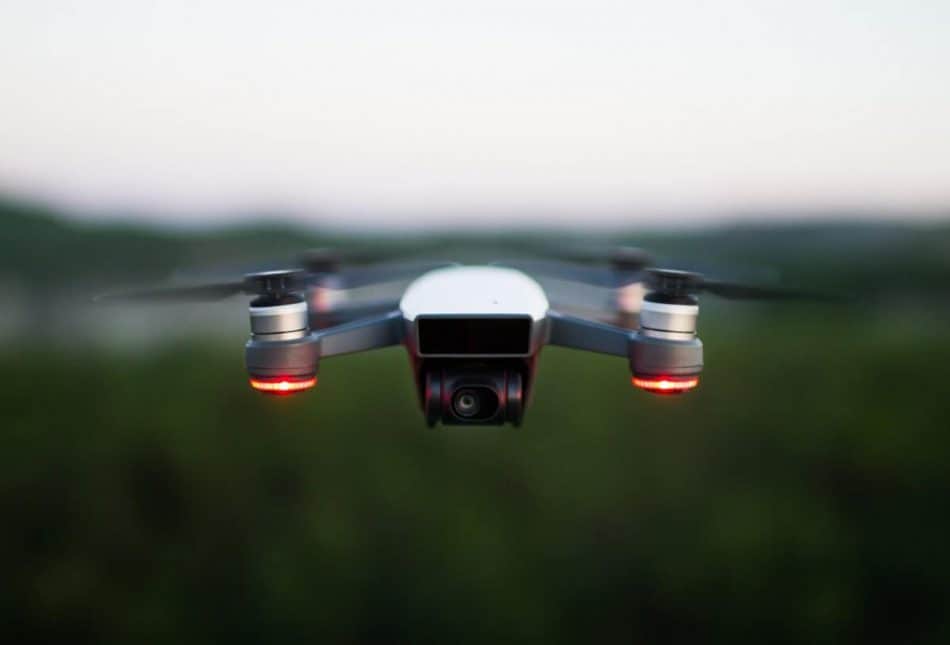
Drone Safety Accessories
There are also safety accessories you can purchase and add on to your Drone to protect both you and your Drone from injury or damage.
There are safety guards (Prop Guards) made to protect you (or your children and Pets) from being cut by the propellers as well as safety systems designed to keep dysfunctional motors from dislodging from the Drone.
Some brands offer stick-protectors for your remote control so that when it is tossed into a bag and jostled around, the movement of the joystick on the controller will not cause your Drone to start flying out of control.
This can be especially useful for kids and their toy drones if they insist on carrying it around in their backpack.
My Real World Tip Some people recommend that you buy a small landing pad to practice landing your Drone. I purchased a $2 indoor/outdoor mat at the dollar store. Works great
This can make for good practice for children with their toy drones as well as allowing the adult to do the same. This allows for safer landings and reduced risk of damage to your Drone. The last thing you need is sand in the motors at the beach
Always do thorough research on the equipment and accessories you wish to purchase before-hand to avoid any surprises or disappointment.
My Real Worlld Tip One more suggestion. Make sure you can replace the batteries in your Drone. Some kids drones only come with one non-removable battery. With flight times around 7-minute average and 90 minutes to recharge the battery, waiting takes the fun out of flying. Ask my kid.
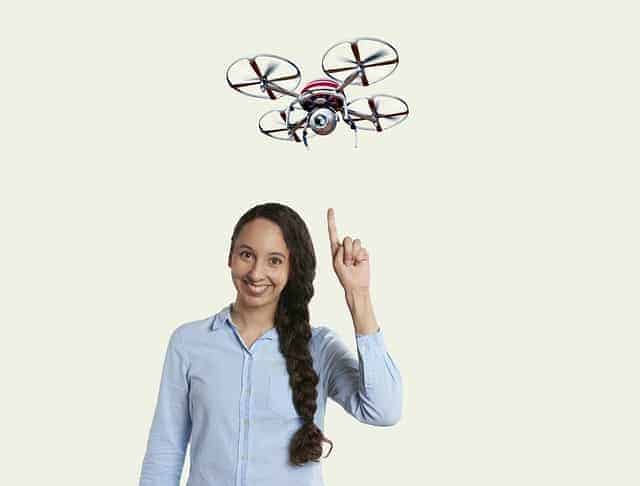
Additional Safety Tips for Recreational Drones
According to the FAA and Transport Canada, recreational drone pilots are required to follow a particular set of standard rules, as outlined below.
Basic Common Rules For Recreational Drones:
- Never fly your Drone farther than you can see
- Do not operate your Drone near emergencies, like a forest fire.
- Flying your Drone more than 400 feet above ground level is prohibited.
- If you wish to fly within 5 miles of an airport, contact the airport first.
- Stay clear of stadiums and other crowded areas
- Avoid any other aircraft
- Do not fly over people
- Register your Drone if it’s over 0.55lbs or 250g
Flying near other airplanes can force them into an emergency landing and flying over or near moving vehicles can cause significant damage or even potentially fatal accidents. Always be mindful of the local rules and be prepared to follow them responsibly.
Never fly your Drone out of your sight. Even flying far enough away that you can see it, but are unable to identify which direction the Drone is facing can cause you to lose your Drone or fly it further out of the range of your transmitter and into potential danger.
My Real World Tip Some people recommend that you color the legs of your Drone to identify its orientation while in flight quickly. My first Drone I spray painted the back legs Florissant Orange!
Anyone wishing to fly a drone for profit has a stricter set of rules to abide by. For this, pilots must be 16, not 13, and have to have passed a formal aeronautical test.
Without getting into too much detail here it’s best, you check the FAA and Transport Canada Websites for the LATEST rules and regs.
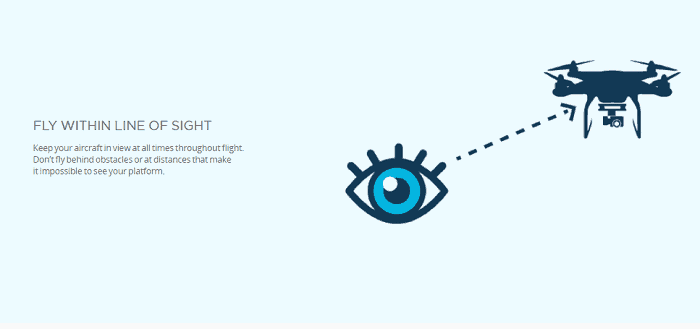
Finally,
On a side note, there are apps you can get related to drone flying that tell you the weather and identify drone-safe areas to save you the hassle of trying to find out for yourself. Please read this article here, all about the best Apps for New Drone Pilots
These can be useful time savers, not to mention being well prepared with this information makes flying your Drone much safer. One such app for smartphones is called B4UFLY. In Canada, an excellent App to download is AirMap. Both iOS and Android. Link in the article mentioned above
Out of all of the accidents that have occurred while piloting a drone, the vast majority of them happened when the pilot was not adhering to the rules and safety regulations. This highlights the importance of abiding by these laws set in place to keep everyone safe.
Safety when flying should be regarded with the highest respect and prioritized before anything else. As long as you follow the rules and take extra precautions, drone flying can be an enjoyable activity for many.
I wish you a safe flight. Enjoy the times with your kid(s)…and stay out of the tree.


